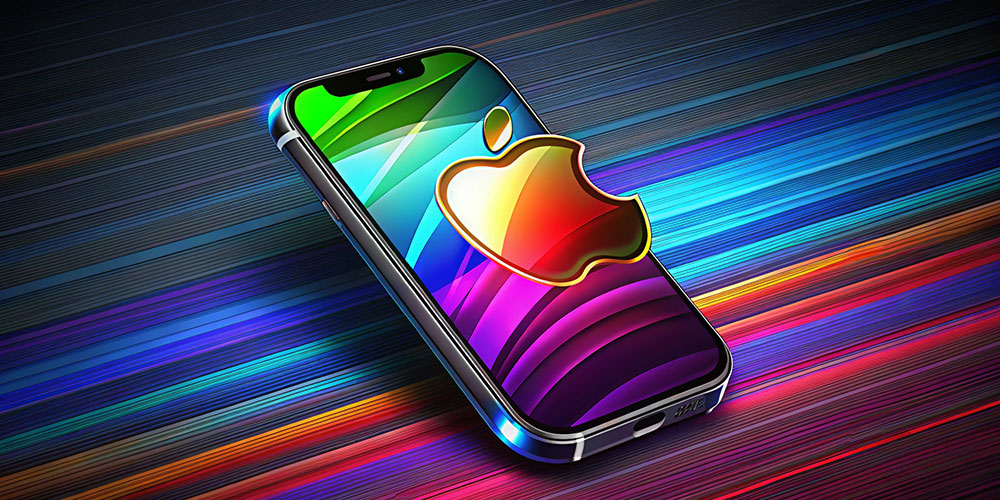A Lesson in Visual Balance
Designers, have you ever paused to consider the subtleties in some of the world’s most iconic logos? Take the Apple logo, for example. It’s a symbol recognized globally, but have you ever wondered why the leaf at the top of the apple faces towards the right? This seemingly small detail is a masterclass in the art of visual balance.
The Bite and the Balance
The Apple logo is more than just a simple representation of the fruit; it’s a carefully crafted design that balances both form and meaning. The most prominent feature of the logo is the bite taken out of the right side. This bite isn’t just there for aesthetics or to distinguish the apple from a cherry; it serves a crucial role in the visual composition.
The bite naturally pulls the viewer’s attention to the right, creating an imbalance in the visual weight of the logo. If the design were left as is, it might feel incomplete or off-balance.
The Right-Facing Leaf: A Subtle Counterbalance
To restore harmony in the design, the leaf on top of the apple points to the right. This subtle detail may seem insignificant at first glance, but it plays a vital role in balancing the logo. By aligning the leaf in the same direction as the bite, the designer ensures that the visual weight is distributed more evenly across the logo. This alignment creates a sense of stability and completeness that might be lost if the leaf pointed in the opposite direction.
The Impact of Flipping the Leaf
What if the leaf were flipped to point left? The carefully crafted equilibrium would be disrupted, and the logo would feel off-kilter. The visual weight would shift unevenly, making the logo appear unbalanced. This minor change might seem trivial, but it highlights the importance of every design element, no matter how small.
Lessons for Designers
The Apple logo is a perfect example of how attention to detail can elevate a design from good to iconic. Here are a few takeaways:
- Balance is Key: Even the smallest elements can affect the overall balance of a design. Consider how each part of your design contributes to the whole.
- Intentional Design: Every aspect of a logo, from the direction of a leaf to the placement of a bite, should be intentional and serve a purpose.
- Subtlety Matters: Sometimes, the most powerful design choices are the ones that are almost invisible. Don’t overlook the impact of subtle adjustments.
Conclusion
The right-facing leaf in the Apple logo is more than just a design choice; it’s a demonstration of the importance of balance in visual composition. By considering the impact of every element, designers can create logos and designs that not only look good but also feel right. The next time you’re working on a design, remember that every detail counts, and sometimes, the smallest adjustments can make the biggest difference.

